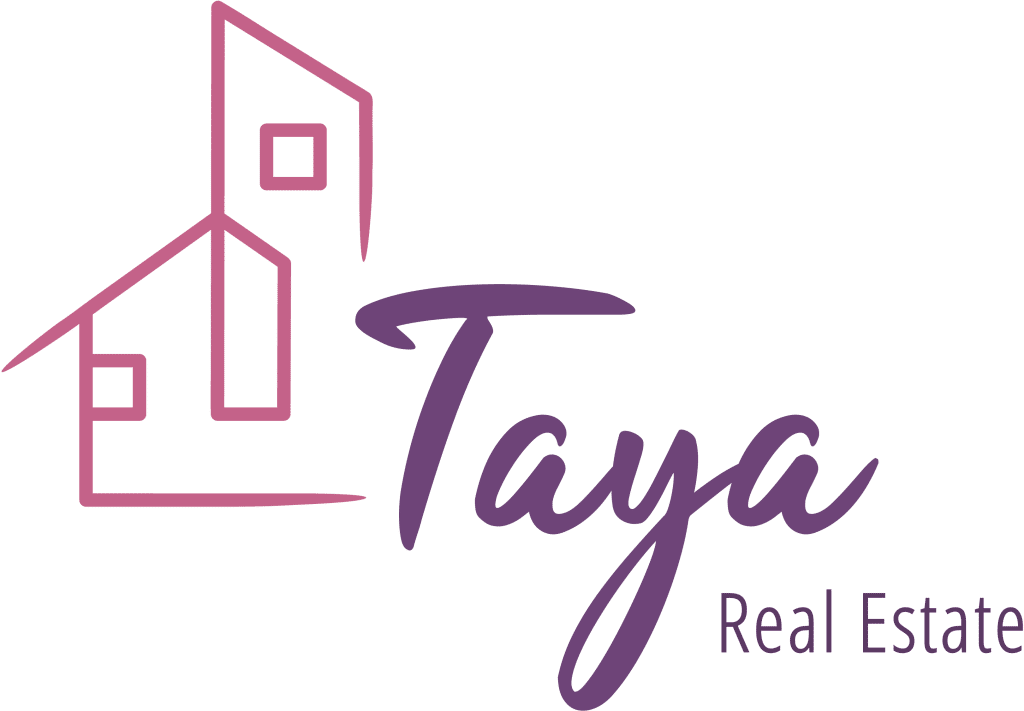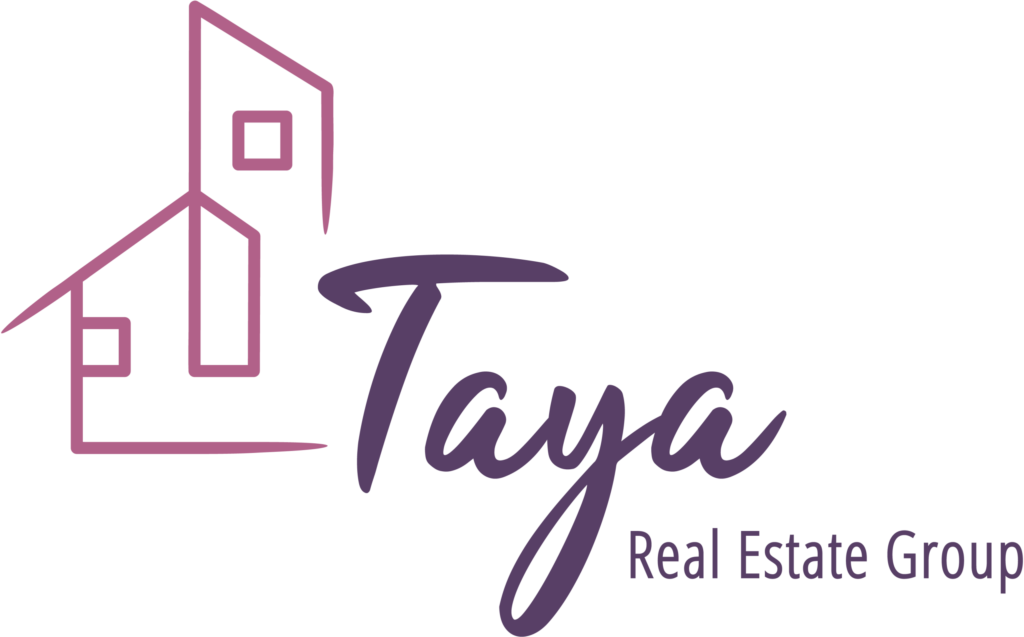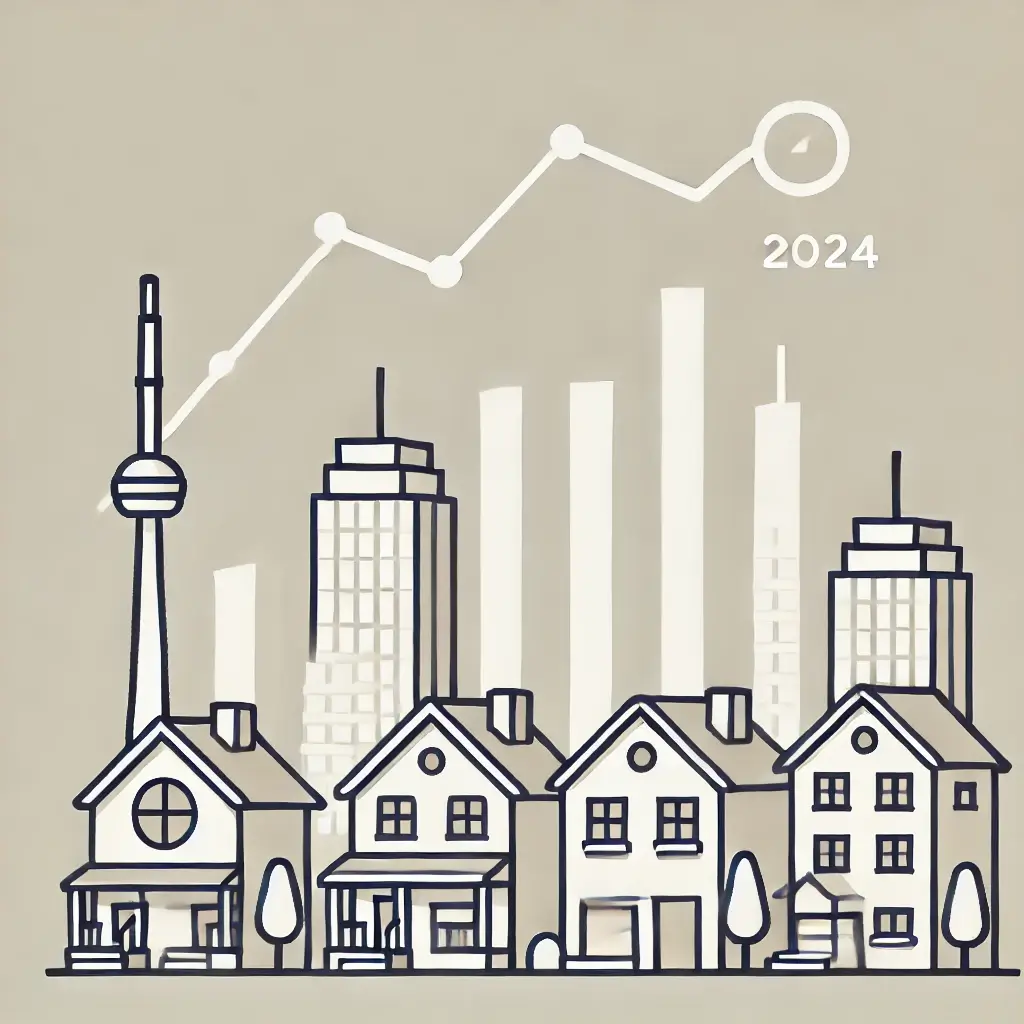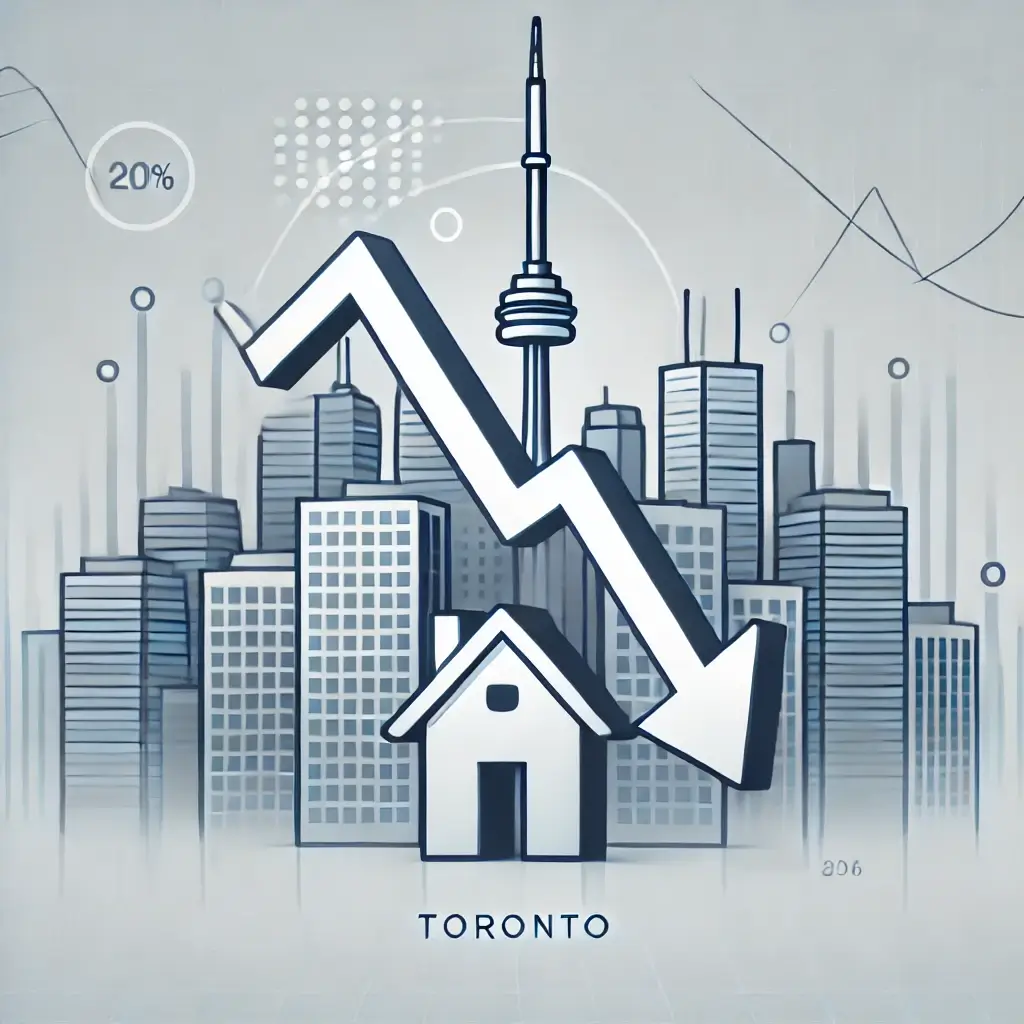The Greater Toronto Area (GTA) real estate market is making waves again, recording its fourth consecutive month of rising home sales in November 2024. This upward trend, marked by a 1.9% increase month-over-month and a striking 40% rise year-over-year, signifies renewed confidence among buyers and investors alike. With contributing factors ranging from policy shifts to changing buyer preferences, understanding this growth is crucial for anyone navigating the market.
This article provides a comprehensive analysis of the factors driving this surge, explores market-specific trends, and offers actionable insights for buyers, sellers, and investors.
Breaking Down the Numbers
Sales Volume and Price Trends
- Sales Surge: November 2024 saw 6,500 homes sold in the GTA, a significant improvement from the same period in 2023.
- Price Growth: The average home price rose to C$1.14 million, a 2.5% month-over-month increase.
- Detached homes in suburban areas like Oakville saw a 35% increase in sales.
- Condos led the way with a 45% year-over-year rise, signaling high demand in urban hubs.
Inventory Constraints
- Fewer Listings: New listings dropped by 6.8% month-over-month, intensifying competition among buyers.
- Impact: This supply-demand imbalance has kept the market favorable for sellers while pushing prices upward.
What’s Fueling the Growth?
1. Lower Borrowing Costs
The Bank of Canada’s recent rate cuts have revitalized the market:
- Impact on Buyers: Mortgage rates have fallen, making monthly payments more manageable.
- Example: A buyer securing a C$900,000 mortgage at 4.5% in November saved approximately C$250/month compared to mid-2023.
- Case Study: A couple purchasing their first home in Mississauga saw their affordability increase, enabling them to secure a townhouse they previously thought was out of reach.
2. Immigration-Driven Demand
Canada’s welcoming immigration policies, targeting over 500,000 new arrivals annually, are driving demand for housing:
- Relevance to GTA: As the top destination for newcomers, Toronto has seen heightened interest in rental and entry-level homes.
- Example: A downtown condo purchased in 2022 for C$650,000 is now rented for C$3,400/month, reflecting the strong rental market.
3. Infrastructure Development
Significant investments in transit and urban development have boosted property values:
- Ontario Line Expansion: Areas like Vaughan and Scarborough are experiencing appreciation due to enhanced accessibility.
- Case Study: A preconstruction townhouse near the Eglinton Crosstown LRT, purchased for C$700,000 in 2021, is now valued at C$850,000.
4. Changing Preferences
The pandemic reshaped buyer priorities, with families seeking larger homes and outdoor spaces:
- Suburban Appeal: Towns like Whitby and Milton saw increased interest as buyers sought affordability and space.
- Urban Revival: Hybrid work models have reignited demand for condos in vibrant downtown neighborhoods.
Market-Specific Insights
Condos
- Trend: Condos led the November surge, driven by affordability and central locations.
- Example: A one-bedroom condo in Scarborough, listed at C$550,000, received multiple offers within a week, selling for C$575,000.
Detached Homes
- Trend: Suburban detached homes remain in high demand, especially among families.
- Hotspots: Areas like Vaughan and Oakville are thriving due to excellent schools and amenities.
- Case Study: A four-bedroom home in Oakville sold for C$1.4 million, 10% above asking price, after receiving 15 offers.
Rental Properties
- Trend: The rental market is booming, with condos achieving average monthly rents of C$3,300.
- Insight: Multi-family properties are increasingly popular among investors seeking stable cash flow.
Opportunities for Buyers, Sellers, and Investors
For Buyers
- Target Emerging Markets:
- Suburbs like Oshawa offer affordable entry points with long-term growth potential.
- Example: A semi-detached home in Oshawa, priced at C$850,000, appreciated by 15% over the past year.
- Leverage Government Programs:
- Programs like the First-Time Home Buyer Incentive can ease financial burdens.
- Tip: Use a mortgage broker to explore the best available rates and incentives.
- Act Strategically:
- Secure pre-approval to demonstrate financial readiness.
- Advice: Be prepared for bidding wars by setting clear budget limits.
For Sellers
- Highlight Key Features:
- Energy-efficient upgrades and smart home technology can attract premium offers.
- Example: A Toronto condo with solar panels sold for C$15,000 above comparable units.
- Stage to Sell:
- Professional staging can enhance appeal and justify higher asking prices.
- Case Study: A North York home sold 12% above asking after being professionally staged.
- Choose the Right Timing:
- Listing during high-demand periods can maximize exposure and competitive offers.
For Investors
- Explore Multi-Family Units:
- High rental demand makes duplexes and triplexes lucrative investments.
- Example: A triplex in Vaughan generates C$7,500/month, providing steady cash flow.
- Invest in Transit-Oriented Developments:
- Properties near transit lines see faster appreciation and higher tenant demand.
- Case Study: A condo near the Ontario Line appreciated by 20% in two years.
- Diversify Your Portfolio:
- Consider commercial spaces in high-demand areas or preconstruction projects for long-term gains.
Challenges to Consider
1. Affordability Concerns
- Rising prices continue to challenge buyers despite lower borrowing costs.
- Solution: Explore co-buying arrangements to share costs.
2. Supply Constraints
- Limited inventory intensifies competition, particularly in high-demand neighborhoods.
- Advice: Work with an experienced agent to access off-market listings.
3. Regulatory Risks
- Short-term rental restrictions and zoning changes could impact investment returns.
- Tip: Stay informed about local bylaws and consult real estate lawyers.
Future Outlook
1. Sustained Growth
- The GTA market is poised for continued growth in 2025, driven by immigration, infrastructure development, and limited supply.
2. Increased Demand for Sustainability
- Buyers are prioritizing eco-friendly homes, creating opportunities for properties with green certifications.
3. Expansion of Suburban Hotspots
- Suburbs will continue to attract families and investors seeking affordability and space.
Final Thoughts
Toronto’s real estate resurgence highlights the city’s resilience and adaptability. Whether you’re a buyer, seller, or investor, understanding market dynamics and acting strategically is crucial to success. The opportunities are abundant, but so are the challenges, making expert guidance indispensable.
At Taya Real Estate, we’re dedicated to helping you navigate the GTA’s dynamic market. From buying your dream home to finding the perfect investment property, our team is here to guide you every step of the way. Visit Taya Real Estate or follow us on Facebook for more insights and advice.
